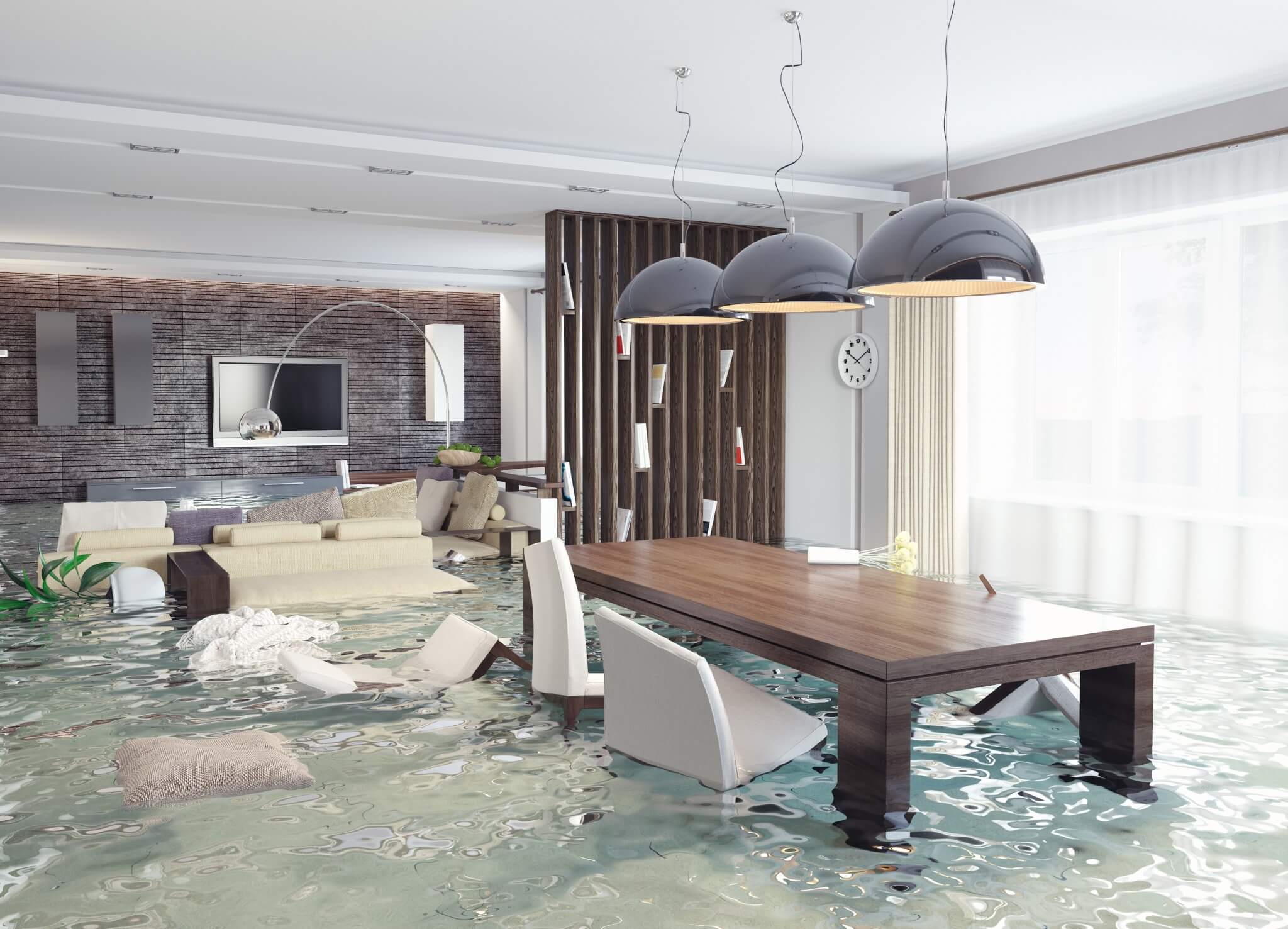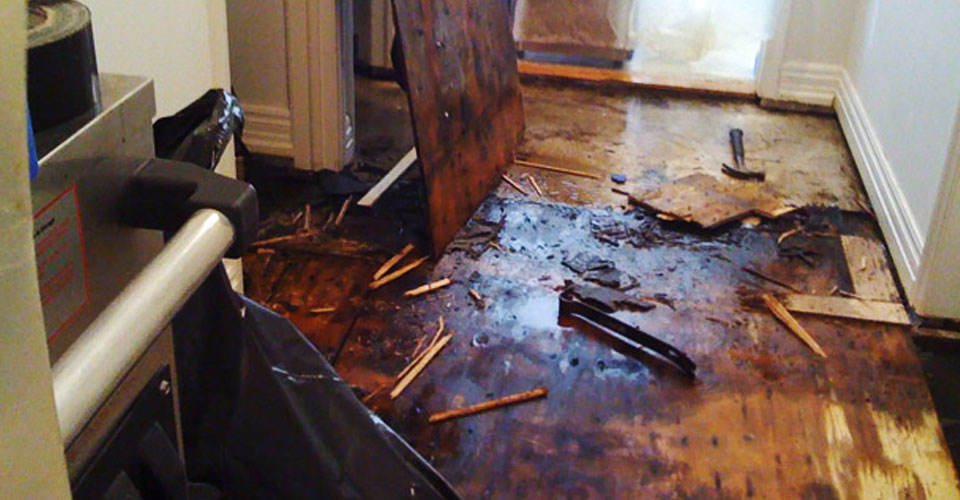Do's & Don'ts of Water Damage.
Do's & Don'ts of Water Damage.
Blog Article
The article author is making a few good annotation relating to Keeping Your Home Safe This Holiday Season in general in the article below.

Water provides life, however water invasion on some components where it's not supposed to be can result in damage and also hassle. In addition, houses with water damages scent musty as well as old.
Water can come from many resources like hurricanes, floodings, burst pipes, leaks, as well as drain problems. It's better to have a functioning expertise of security preventative measures if you have water damages. Below are a couple of guidelines on exactly how to deal with water damage.
Do Prioritize House Insurance Policy Coverage
Seasonal water damage can come from floodings, seasonal rains, as well as wind. There is additionally an event of a sudden flooding, whether it originated from a faulty pipeline that all of a sudden breaks into your house. To safeguard your house, get house insurance policy that covers both acts of God such as all-natural disasters, and emergencies like broken plumbing.
Do Not Forget to Turn Off Energies
When disaster strikes and you're in a flood-prone location, turn off the main electrical circuit. Turning off the power stops
When water comes in as water serves as a conductor, electric shocks. Don't neglect to turn off the major water line valve as a method to avoid more damage.
Maintain your furniture stable as they can relocate about and create additional damage if the floodwaters are getting high.
Do Stay Proactive as well as Heed Weather Alerts
If you live in a location pestered by floods, remain prepared as well as aggressive at all times. Pay attention to the information as well as discharge cautions if you live near a body of water like a creek, river, or lake.
Do Not Neglect the Roof
Prior to the climate transforms shocking as well as for the worse, do a roof assessment. A much better habit is to have a yearly roof covering evaluation to reduce future troubles and also intricate problems. An excellent roof covering without openings and leaks can be an excellent guard versus the rainfall as well as a tool to avoid rainfall damage. Your roofer needs to deal with the damaged rain gutters or any other indications of damages or weakening. An inspection will stop water from streaming down your wall surfaces and saturating your ceiling.
Do Focus On Little Leaks
A burst pipeline does not occur in a vacuum or over night. There are red flags that can attract your focus and suggest to you some weakened pipelines in your house. Signs of warnings in your pipelines consist of gurgling paint, peeling wallpaper, water streaks, water stains, or leaking audios behind the walls. There are indications that the pipeline will rupture. Do not wait for an acceleration if you see these signs. Fixing and evaluate your plumbing fixed before it causes large damage to your residence, finances, and an individual problem.
Do Not Panic in Case of a Burst Pipe
Timing is key when it comes to water damage. If a pipe bursts in your house, right away closed off your major water shutoff to cut off the source as well as protect against even more damages. Call a trusted water damages reconstruction specialist for assistance.
Water gives life, however water invasion on some components where it's not expected to be can result in damage as well as inconvenience. In enhancement, homes with water damage smell mildewy as well as old.
Seasonal water damage can come from floods, seasonal rains, and also wind. Indicators of red flags in your pipelines consist of bubbling paint, peeling wallpaper, water streaks, water spots, or leaking audios behind the wall surfaces. If a pipeline ruptureds in your house, instantly closed off your major water valve to cut off the resource as well as avoid more damages.
Some Do's & Don't When Dealing with a Water Damage
DO:
Make sure the water source has been eliminated. Contact a plumber if needed. Turn off circuit breakers supplying electricity to wet areas and unplug any electronics that are on wet carpet or surfaces Remove small furniture items Remove as much excess water as possible by mopping or blotting; Use WHITE towels to blot wet carpeting Wipe water from wooden furniture after removing anything on it Remove and prop up wet upholstery cushions for even drying (check for any bleeding) Pin up curtains or furniture skirts if needed Place aluminum foil, saucers or wood blocks between furniture legs and wet carpet Turn on air conditioning for maximum drying in winter and open windows in the summer Open any drawers and cabinets affected for complete drying but do not force them open Remove any valuable art objects or paintings to a safe, dry place Open any suitcases or luggage that may have been affected to dry, preferably in sunlight Hang any fur or leather goods to dry at room temperature Punch small holes in sagging ceilings to relieve trapped water (don't forget to place pans beneath!); however, if the ceiling is sagging extremely low, stay out of the room and we'll take care of it DO NOT:
Leave wet fabrics in place; dry them as soon as possible Leave books, magazines or any other colored items on wet carpets or floor Use your household vacuum to remove water Use TV's or other electronics/appliances while standing on wet carpets or floors; especially not on wet concrete floors Turn on ceiling fixtures if the ceiling is wet Turn your heat up, unless instructed otherwise

We had been guided to that editorial about Preventing Fires and Water Damage In Your Home through a friend on another web page. Do you know another person who is excited about the topic? Why not share it. I truly appreciate reading our article about Simple Solutions To Preventing Fire And Water Damage To Your Home.
Report this page